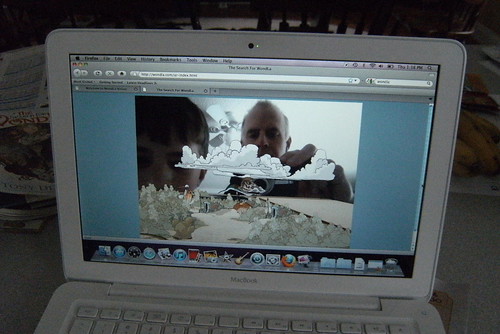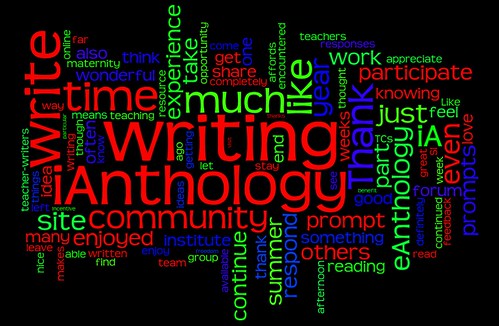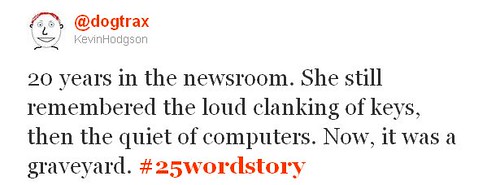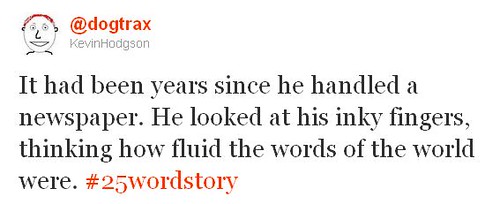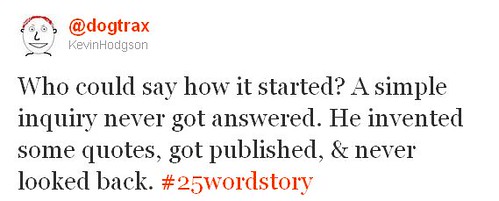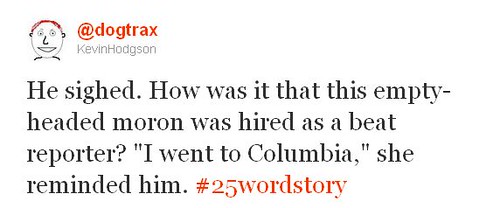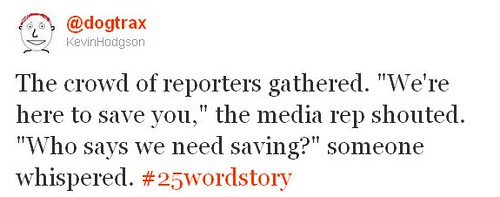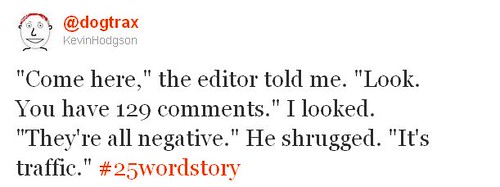
Some days, things just fall into place nicely. Yesterday was one of those days, as the celebration of the birthday of Dr. Seuss allowed me to have discussions with my class about allegory of stories, the art of picture books, and mature themes that can reside just below the surface of even the most silliest of stories.
I’m talking about Theodore Geisel’s Yertle the Turtle and its connection to the uprisings and political movements of Tunisia, Egypt, Libya and other countries in the Middle East/Northern Africa region. Here is a story about a turtle king who cares only for his glory, and expanded influence, and does so on the backs of his subjects (literally) until one of them (a little turtle named Mack) gets so fed up, he revolts. Of course, he revolts in typical Seussian style: he burps and that burp topples the king.
Here is an excerpt:
Then again, from below, in the great heavy stack,
Came a groan from that plain little turtle named Mack.
“Your Majesty, please… I don’t like to complain,
But down here below, we are feeling great pain.
I know, up on top you are seeing great sights,
But down here at the bottom we, too, should have rights.
We turtles can’t stand it. Our shells will all crack!
Besides, we need food. We are starving!” groaned Mack.“You hush up your mouth!” howled the mighty King Yertle.
“You’ve no right to talk to the world’s highest turtle.
I rule from the clouds! Over land! Over sea!
There’s nothing, no, NOTHING, that’s higher than me!”
In class, we talked about the connections between the modern political landscape and this story, which was written in the aftermath of World War II and was more of indictment on European countries with despotic rulers whose people were suffering. We also noted how the protests in the Middle East might seem like a good thing, but really, the uncertainty there will be unfolding for years to come. “Pay attention,” I told my kids.
Our discussions then moved on to other Dr. Seuss books: The Lorax as an indictment of corporate greed and environmentalism (brought to light yet again by the recent $18 billion ruling against Chevron for its mess in the Amazon Rain Forest); The Sneetches (racism and acceptance); and The Butter Battle Book, which took aim at the Cold War mentality of more bombs, bigger bombs, better bombs.
You know that moment when you see something in your students’ eyes — that moment when they see something different now — well, that was our Dr. Seussian moment yesterday. These books that always seemed to them to be little children’s books suddenly were something bigger — maybe a little scarier, too — and for me, as a teacher, those are moments of discovery worth savoring.
What did you do to celebrate Dr. Seuss?
Peace (in the world of little Macks),
Kevin

